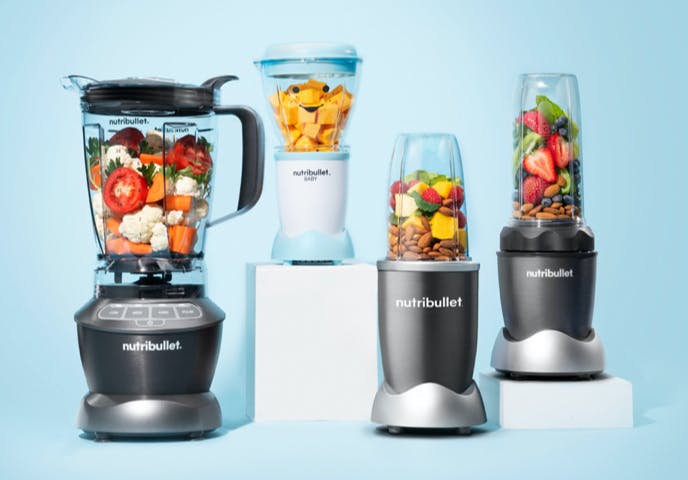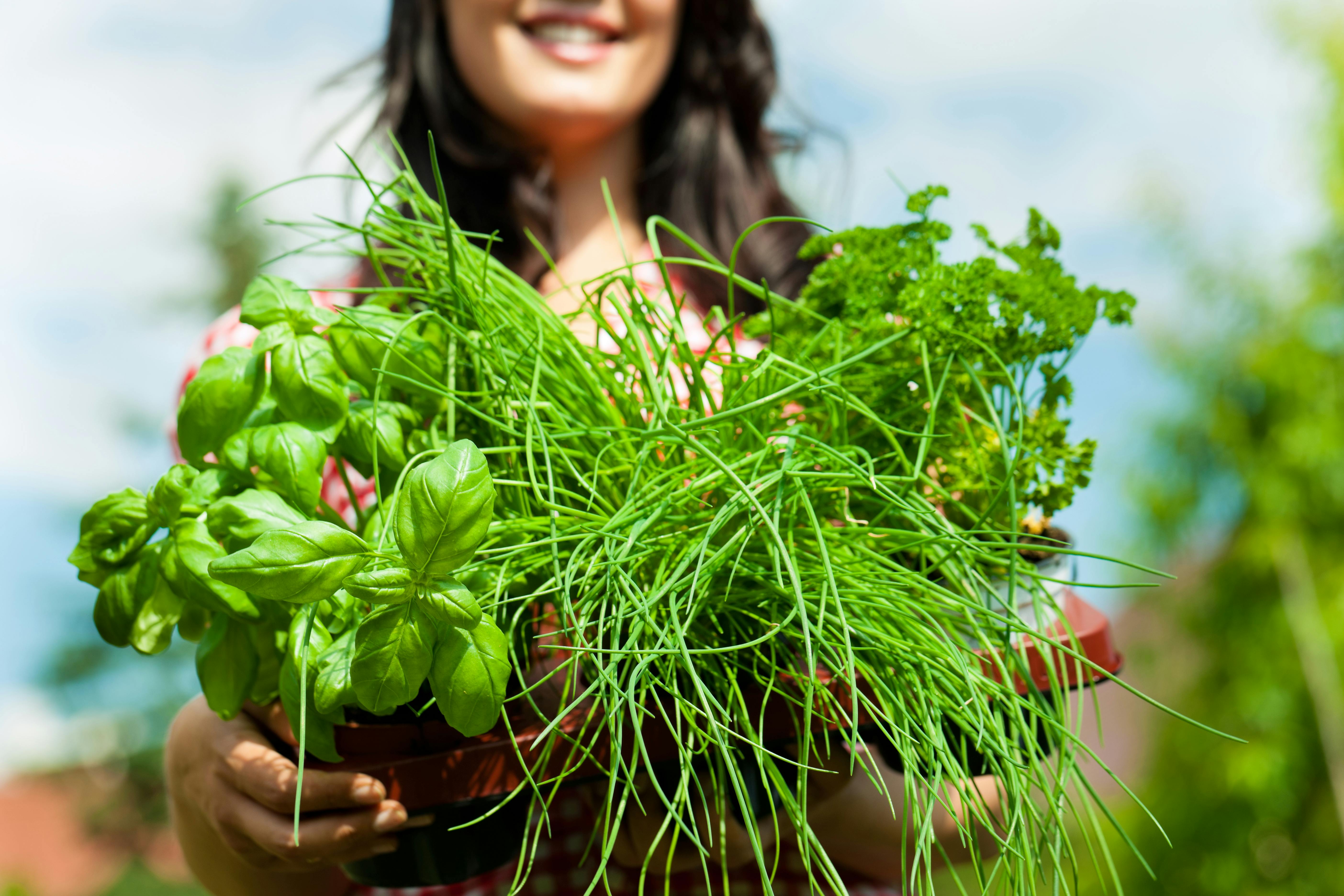In today’s blog, we chat with Janice Newell Bissex, a Registered Dietitian Nutritionist, cookbook author, speaker, and Holistic Cannabis Practitioner at JannabisWellness.com.
After her dad finally found pain relief using medical marijuana, it became Janice’s mission to help others suffering from chronic pain, anxiety, insomnia, autoimmune diseases, IBD/IBS, and other debilitating conditions find relief with cannabis/CBD. She completed training at the Holistic Cannabis Academy and continues to provide evidence-based information on cannabis. At Jannabis Wellness, she advises clients on access, proper cannabinoid ratios, dosing, best consumption methods, and tips on cooking with cannabis. The website also sells organically-grown hemp CBD products.
Today, we will learn about what the research and evidence say about CBD and Janice’s approach to using medical marijuana as a treatment. Plus, there is a tasty recipe at the end!
You co-founded Meal Makeovers for Moms for almost 15 years with a focus on teaching busy families how to eat healthy. What spurred the change to focus on cannabis?
A couple of years ago, my dad suffered multiple spinal fractures. He was in a lot of pain and was prescribed the traditional pain meds that came with terrible side effects. They made him a zombie. He became excruciatingly constipated and required hospitalization. So, finally, I said to his doctor, “Isn’t there anything else that we can do for him to help manage his pain?” And I asked, “What about medical marijuana?”
I honestly knew nothing about medical marijuana or cannabis in general. It just never really crossed my radar. So, the doctor looked at me, and he said, “I think that’s a great idea.” I took my dad to a doctor to get certified; he got a vape pen with medical marijuana. We came home, he took two puffs and said, “Wow! I’m not in pain.” Right then, I decided to change my career focus. I pursued training to learn about cannabis and find out why it works. And I haven’t looked back since.
Let’s get down to the basics –
We hear about CBD and THC used widely. What’s the difference?
Cannabis is comprised of over a hundred different cannabinoids, including the psychoactive THC (tetrahydrocannabinol) and the non-intoxicating CBD (cannabidiol). Unlike the cannabinoid THC, CBD is non-psychotropic, meaning it will not make you “high.” Both contain a myriad of health benefits and may be used in the treatment of pain, anxiety, insomnia, neurologic conditions, autoimmune diseases, inflammation, traumatic brain injury, IBD/IBS, migraines, seizure disorders, Alzheimer’s, autism, eczema, and much more.
There seems to be a growing number of CBD products available. What are some things we should be aware of?
CBD derived from the hemp plant is widely legal and contains less than 0.3 percent THC, while CBD derived from the cannabis plant remains illegal nationwide.
The Food and Drug Administration does not regulate CBD, so it’s difficult to determine the quality. According to the FDA, 70 percent of the CBD products on the market are mislabeled, with some containing zero CBD! It’s important to look for an independent lab analysis to confirm that you are getting what you pay for. The cannabis plant is a bio-accumulator, which means that it draws toxins out of the soil, so it’s best to choose products from organically grown plants.
The ratio of CBD to THC is something to look at when choosing a medicine. Some people require some THC. There’s nothing wrong with THC – it has medicinal value. A lot of the people that I work with don’t want to be high; they just want relief from muscle spasms, pain, anxiety, insomnia, and more. So, that’s why CBD has seen a lot more popularity recently.
Why don’t more practitioners recommend this as a treatment?
Well, the obvious answer is that on the federal level, cannabis is illegal, so practitioners are skeptical. However, medical marijuana is legal in 33 states, and adult-use is allowed in 11 states. Even though it’s been used medicinally for thousands of years in Chinese and Indian medicine, it’s really in the last decade or two that the medical benefits have become more widely known. Now, more research is being done around the world, particularly Israel, but not as much in the U.S., due to the legal status. I’m hoping that this changes soon so we can embark on rigorous studies here in the U.S.
What are the different ways that people are using cannabis?
There are a lot of different ways that you can consume cannabis and CBD. Everyone knows about smoking. Some people still prefer that for its fast action, but others are wary of the potential toxins. There is also the vaping alternative, which burns flowers at a lower temperature, so you decrease those toxic byproducts. When my dad first went to the dispensary, they gave him a vape pen with an oil cartridge. It looks like a little pen, and you breathe in, and you can get your medicine that way. With the latest health issues involving vape cartridges, I’d recommend holding off on vaping oil for now, or at least make sure that you purchase vape cartridges from a quality source or dispensary.
Many people use tinctures (a dietary supplement that comes in liquid form), which can be oil-based or alcohol-based. I typically don’t recommend alcohol-based ones. I work with an oil-based tincture. You place it under your tongue for a couple of minutes, it gets absorbed in about 10 or 15 minutes, and you see relief. You can also use it topically, and it can be very effective in reducing inflammation and pain. Another option is a soft gel, which is convenient for people who prefer once a day dosing. I advise people to take soft gels with a fat source because that can extend the relief effect of the CBD or cannabis.
What are some basic tips people should be aware of when first trying cannabis or CBD? Is it safe?
It’s important for populations taking certain medications, such as some blood thinners and other medications affected by grapefruit, to consult a medical professional to be sure there is no potential for interactions.
Dosing also varies between individuals from 2 milligrams to 50 or 100 milligrams, so it’s important to work with a trained professional to determine the proper amounts.
Finally, it’s important to do your homework and choose a quality CBD product. If using medical cannabis, one should look at the cannabinoid ratios and choose a variety that is right for the condition being treated. The sativa and indica labels are not the best way to determine what will work best. A common mistake is to take too much when the goal is to find the minimum effective dose. Edibles, in particular, can lead to unwanted side effects if over-consumed, which is easy to do because it can take up to two hours to see an effect.
What are some changes you’ve seen with clients?
I’ve seen many positive effects. My clients have reported decreased pain, anxiety, insomnia, hot flashes, swelling of arthritic hands, Parkinson’s symptoms, migraines, GI issues, and muscle aches. A 22-year-old man with Crohn’s says that medical cannabis saved his life and allowed him to go to college and sleep through the night for the first time in years.
Where can we find more information or research?
You can find a full list of research studies and resources that I’ve gathered here.
Share with us one of your go-to recipes, smoothies, or snack that uses CBD.
Chocolate Mint CBD Smoothie
Ingredients (serves one)
- 3/4 cup light chocolate soy or almond milk
- 1 small banana, frozen
- ½ cup plain reduced-fat Greek yogurt
- 1 dropper peppermint-flavored CBD oil*
- 4 ice cubes
- 1 mint leaf, optional
Directions
- Place the milk, ice cubes, banana, yogurt, and CBD oil in a nutribullet blender, and blend until well combined.
- Pour into a glass and garnish with a mint leaf, as desired.
*Amount of CBD in this smoothie depends on the concentration of the CBD oil. If using a dropper from a one-ounce bottle of 500mg peppermint CBD oil, there will be about 15mg CBD per serving.



















